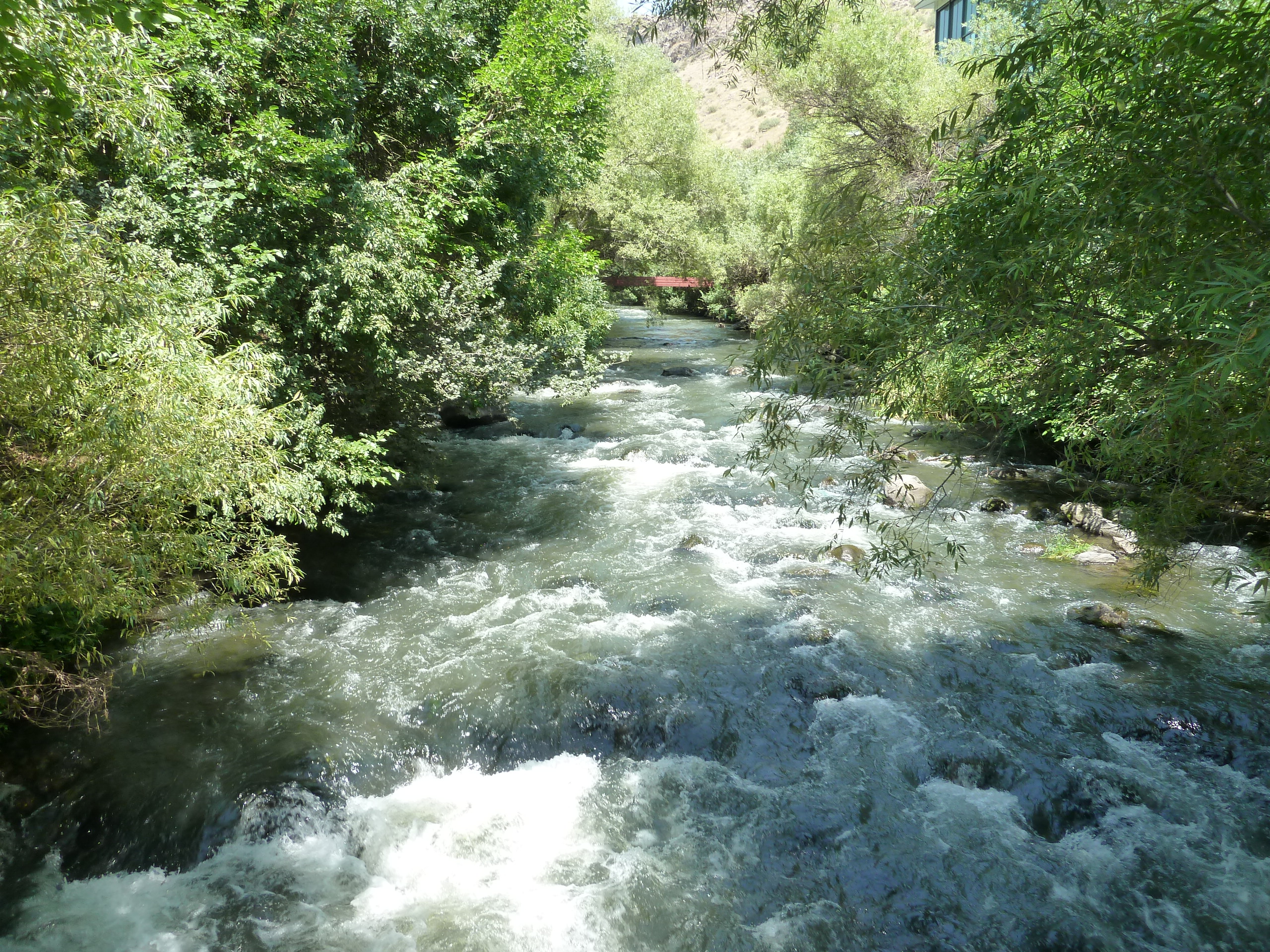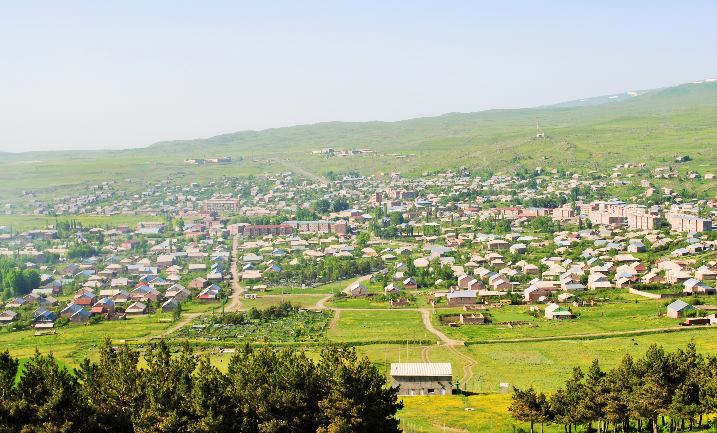|
Mughni
Mughni () is a village situated in the Ashtarak Municipality of the Aragatsotn Province in Armenia. It is located just to the north of Ashtarak town and falls under its municipality. Prior to the Russian conquest, it held the distinction of being the southernmost town in the Aparan Aparan ( , colloquially ) is a town in the Aparan Municipality of the Aragatsotn Province of Armenia, about 50 kilometers northwest of the capital Yerevan. As of the 2011 census, the population of the town was 6,451. As per the 2016 official esti ... district. Mughni is renowned for housing the 14th-century Saint Gevork Monastery, which was once a prominent pilgrimage site and the residence of an archbishop. The dome of the church was reconstructed in the 1660s. Gallery Image:Mughni Monastery.jpg, Saint Gevork Monastery of Mughni, 13th century Image:Mughni Cemetery.JPG, A tomb-monument at a cemetery directly across the street from Saint Gevork Monastery See also * Saint Gevork Monastery of Mug ... [...More Info...] [...Related Items...] OR: [Wikipedia] [Google] [Baidu] |
Saint Gevork Monastery Of Mughni
Saint Gevork Monastery or Saint George's Monastery of Mughni (Armenian: Սուրբ Գեւորգ Եկեղեցի or Սուրբ Գեւորգ Վանք; pronounced ''Surp Gevork'') is located just off of the main road that runs through the village of Mughni near Ashtarak in the Aragatsotn Province of Armenia. It was built to house some of the remains of Saint George who was known as the "Slayer of Dragons". Architecture The church of Saint Gevork stands within a rectangular walled monastery. It has a single cylindrical drum notable for the horizontal alternating striped pattern that surrounds it, and a conical umbrella type dome above. The striped pattern repeats some within the interior portion of the dome. The front façade is made up of a triple-arched walkway with an arch on either side adjacent that leads underneath a belfry. The belfry consists of sixteen equally spaced columns with an equal amount of smaller arches that support the weight of the cupola above. A main portal lead ... [...More Info...] [...Related Items...] OR: [Wikipedia] [Google] [Baidu] |
Aragatsotn Province
Aragatsotn (, ) is a administrative divisions of Armenia, province (''Marz (country subdivision), marz'') of Armenia. It is located in the western part of the country. The capital and largest city of the province is the town of Ashtarak. The Statistical Committee of Armenia reported its population was 128,941 in the 2022 census. Etymology Literally meaning "the foot of Mount Aragats, Aragats" (the highest mountain of Armenia), it is named after the Aragatsotn canton of the historic Ayrarat province of Kingdom of Armenia (antiquity), Ancient Armenia, ruled by the Amatuni noble family under the reign of the Arsacid dynasty of Armenia, Arsacid dynasty. Geography Aragatsotn Province occupies the northwestern part of Armenia and covers an area of 2,756 km2 (9.3% of the total area of Armenia). It has internal borders with Shirak Province from the north, Lori Province from the northeast, Kotayk Province from the east, Armavir Province from the south and the city of Yerevan from ... [...More Info...] [...Related Items...] OR: [Wikipedia] [Google] [Baidu] |
Ashtarak Municipality
Aragatsotn (, ) is a province ('' marz'') of Armenia. It is located in the western part of the country. The capital and largest city of the province is the town of Ashtarak. The Statistical Committee of Armenia reported its population was 128,941 in the 2022 census. Etymology Literally meaning "the foot of Aragats" (the highest mountain of Armenia), it is named after the Aragatsotn canton of the historic Ayrarat province of Ancient Armenia, ruled by the Amatuni noble family under the reign of the Arsacid dynasty. Geography Aragatsotn Province occupies the northwestern part of Armenia and covers an area of 2,756 km2 (9.3% of the total area of Armenia). It has internal borders with Shirak Province from the north, Lori Province from the northeast, Kotayk Province from the east, Armavir Province from the south and the city of Yerevan from the southwest. The Akhurian River at the west separates Aragatsotn from the Kars Province of Turkey. Historically, the current te ... [...More Info...] [...Related Items...] OR: [Wikipedia] [Google] [Baidu] |
Ashtarak
Ashtarak ( ) is a town in the Ashtarak Municipality of the Aragatsotn Province of Armenia, located on the left bank of Kasagh River along the gorge, 20 kms northwest of the capital Yerevan. It is the administrative centre of the province and an important crossroad of routes for the Yerevan–Gyumri–Vanadzor triangle. The town plays a great role in the national economy as well as the cultural life of Armenia through several industrial enterprises and cultural institutions. It has developed as a satellite town of Yerevan. The nearby village of Mughni is part of the Ashtarak municipality. As of the 2011 census, the population of the town was 18,834. However, as per the 2016 official estimate, the population of Ashtarak is 18,000. As of the 2022 census, the population of the town was 15,686. The prelacy of the Diocese of Aragatsotn of the Armenian Apostolic Church is headquartered in Ashtarak. Etymology The name of Ashtarak is the Armenian language, Armenian word for ''tower'' or ... [...More Info...] [...Related Items...] OR: [Wikipedia] [Google] [Baidu] |
Municipalities Of Armenia
A municipality in Armenia referred to as community ( ''hamaynk'', plural: ''hamaynkner''), is an administrative subdivision consisting of a settlement ( ''bnakavayr'') or a group of settlements ( ''bnakavayrer'') that enjoys local self-government. The settlements are classified as either towns ( ''kaghakner'', singular ''kaghak'') or villages ( ''gyugher'', singular ( ''gyugh''). The administrative centre of a community could either be an urban settlement (town) or a rural settlement (village). Two-thirds of the population are now urbanized. As of 2017, 63.6% of Armenians live in urban areas as compared to 36.4% in rural. As of the end of 2017, Armenia has 503 municipal communities (including Yerevan) of which 46 are urban and 457 are rural. The capital, Yerevan, also has the status of a community. Each municipality bears the same name as its administrative centre, with the exception of 7 municipalities, of which 4 are located in Shirak Province (Ani Municipality with its c ... [...More Info...] [...Related Items...] OR: [Wikipedia] [Google] [Baidu] |
Armenia
Armenia, officially the Republic of Armenia, is a landlocked country in the Armenian Highlands of West Asia. It is a part of the Caucasus region and is bordered by Turkey to the west, Georgia (country), Georgia to the north and Azerbaijan to the east, and Iran and the Azerbaijani exclave of Nakhchivan Autonomous Republic, Nakhchivan to the south. Yerevan is the Capital city, capital, largest city and Economy of Armenia, financial center. The Armenian Highlands has been home to the Hayasa-Azzi, Shupria and Nairi. By at least 600 BC, an archaic form of Proto-Armenian language, Proto-Armenian, an Indo-European languages, Indo-European language, had diffused into the Armenian Highlands.Robert Drews (2017). ''Militarism and the Indo-Europeanizing of Europe''. Routledge. . p. 228: "The vernacular of the Great Kingdom of Biainili was quite certainly Armenian. The Armenian language was obviously the region's vernacular in the fifth century BC, when Persian commanders and Greek writers ... [...More Info...] [...Related Items...] OR: [Wikipedia] [Google] [Baidu] |
Provinces Of Armenia
Armenia is subdivided into eleven administrative divisions. Of these, ten are provinces, known as () or in the singular form () in Armenian. Yerevan is treated separately and granted special administrative status as the country's capital. The chief executive in each of 10 ''marz''es is the ''marzpet'', appointed by the government of Armenia. In Yerevan, the chief executive is the mayor, elected by the Yerevan City Council. First-level administrative divisions The following is a list of the provinces with population, area, and density information. Figures are from the Statistical Committee of Armenia. The area of the Gegharkunik Province includes Lake Sevan which covers of its territory: Municipalities (''hamaynkner'') Within each province of the republic, there are municipal communities (''hamaynkner'', singular ''hamaynk''), currently considered the second-level administrative division in Armenia. Each municipality - known officially as community, either rural or ... [...More Info...] [...Related Items...] OR: [Wikipedia] [Google] [Baidu] |
Aparan
Aparan ( , colloquially ) is a town in the Aparan Municipality of the Aragatsotn Province of Armenia, about 50 kilometers northwest of the capital Yerevan. As of the 2011 census, the population of the town was 6,451. As per the 2016 official estimate, Aparan had a population of around 5,300. As of the 2022 census, the population of the town was 5,803. Etymology It is commonly believed that the name of Aparan is derived from the Armenian word ''Aparank'', meaning a royal palace. However, throughout history, the town has been known by different names including ''Kasagh'', ''Paraznavert'', ''Abaran'' and ''Abaran Verin''. Later, it was known as ''Bash Aparan'' () until 1935, when the name was finally changed to Aparan. History Early history and Middle Ages In Ancient history, antiquity, the region of Aparan was known as ''Nig'' or ''Nigatun''. The first reference to the town of Aparan was made by Ptolemy during the 2nd century. Ptolemy referred to the settlement as ''Casala''; the ... [...More Info...] [...Related Items...] OR: [Wikipedia] [Google] [Baidu] |
Populated Places In Aragatsotn Province
Population is a set of humans or other organisms in a given region or area. Governments conduct a census to quantify the resident population size within a given jurisdiction. The term is also applied to non-human animals, microorganisms, and plants, and has specific uses within such fields as ecology and genetics. Etymology The word ''population'' is derived from the Late Latin ''populatio'' (a people, a multitude), which itself is derived from the Latin word ''populus'' (a people). Use of the term Social sciences In sociology and population geography, population refers to a group of human beings with some predefined feature in common, such as location, race, ethnicity, nationality, or religion. Ecology In ecology, a population is a group of organisms of the same species which inhabit the same geographical area and are capable of interbreeding. The area of a sexual population is the area where interbreeding is possible between any opposite-sex pair within the ... [...More Info...] [...Related Items...] OR: [Wikipedia] [Google] [Baidu] |





